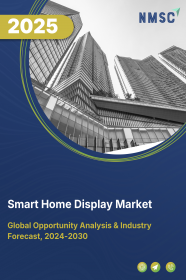
Monolithic Micro-LED Market by Application (Smartphones & Tablets, TVs & Displays, AR/VR & Smart Glasses, Automotive Displays & Lighting, Wearable Devices, and Others), and by End-User (Consumer Electronics, Automotive, Healthcare, Industrial, Military & Aerospace, and Others)- Global Opportunity Analysis and Industry Forecast 2025-2030
US Tariff Impact on Monolithic Micro-LED Market
Trump Tariffs Are Reshaping Global Business
Monolithic Micro-LED Market Overview
The global Monolithic Micro-LED Market size was valued at USD XXX million in 2024 and is predicted to reach USD XXX million by 2030 with a CAGR of XY% from 2025-2030
The monolithic micro-LED market functions as the industry that works towards developing display technologies by integrating micro-LEDs into one unified unit. The market includes several major growth factors including increasing consumer demand for high-resolution brightness-enhanced displays along with rising adoption of augmented reality and virtual reality technologies and automotive expansion.
The upcoming years will bring potential growth opportunities due to the advancements made with quantum dot and flexible monolithic micro-LEDs technology. The inclusion of quantum dot technology in displays results in performance enhancement that produces a deeper viewer immersion. However, Widespread adoption of these technologies could be hampered by the integration obstacles and expensive production methods associated with them.
Market Dynamics and Trends
Rapid Rise in Demand for Higher Resolution Displays Drives Market Growth
The rapid increase in demand for high-resolution and brighter displays, especially in the applications of smartphones, televisions, and smartwatches drive the market growth of monolithic micro-LED as this technology offer superior brightness, contrast, and color accuracy, that match the rising expectation of consumers for better quality visuals. For example, in August 2023, Samsung launched its ultra-luxurious 110-inch Micro LED display in India, representing a significant step in the integration of micro-LED markets. This advanced display boasts 24.8 million micrometre-sized LEDs for exceptional brightness, color accuracy, and contrast.
Rising Adoption of AR and VR technologies Accelerates Market Expansion
Increasing adoption of augmented reality and virtual reality technologies worldwide is also driving the demand for monolithic micro-LEDs, as such applications require high-performance displays that consume minimal power and offer exceptional visual quality. For example, in May 2023, Porotech unveiled the world's first single-panel, full-color micro display designed for AR applications. This 0.26-inch microLED display, with a resolution of 1280x720, uses Porotech’s Dynamic Pixel Tuning (DPT) technology to produce bright, full-color images. This development makes it well-suited for AR glasses, offering better brightness, energy efficiency, and contrast.
The Automotive Industry Expansion Creates Growing Market Needs for Monolithic Micro-LED Technology
Automotive sector expansion worldwide leads to increasing the monolithic micro-LED market demand for displays that give dashboards and infotainment systems superior clarity and contrast for better readability along with energy-efficient and compact design improvements that reduce fuel consumption and extend electric vehicle operating distances. As per, Association of European Automobile Manufacturers, 85.4 million units motor vehicle were produced worldwide in 2022, and this recorded a 5.7% increase from 2021. With such growth in the automotive manufacturing the demand for advanced display systems is on rise.
High Manufacturing Cost and Integration Challenges Hinders Market Growth
The high manufacturing costs of monolithic micro-LED displays stem from the complex processes required for their production, including the intricate mass transfer of micro-LED chips. Additionally, challenges in integrating these displays with other technologies, such as ensuring compatibility and maintaining high yield rates, further complicate their widespread adoption and increase overall costs.
Introduction of Quantum Dot Creates Ample Opportunities
The introduction of quantum dot and flexible monolithic micro-LEDs is anticipated to create ample growth opportunity in the forthcoming years. Integrating quantum dot technology could lead to superior display performance, offering immersive viewing experience. For instance, in January 2024, Saphlux launched the T2 series monolithic full color micro-display, featuring advanced NPQD technology that integrates quantum dots for improved color accuracy and brightness, setting new standards in display performance.
Market Segmentations and Scope of the Study
The monolithic micro-LED market report is segmented on the basis of application, end user, and region. On the basis of application, the market is divided into smartphones & tablets, TVs & displays, AR/VR & smart glasses, automotive displays & lighting, wearable devices, and others. On the basis of end-user, the market is classified into consumer electronics, automotive, healthcare, industrial, military & aerospace, and others. Regional breakdown and analysis of each of the aforesaid segments include regions comprising of North America, Europe, Asia-Pacific, and RoW.
Geographical Analysis
Asia-Pacific Holds the Largest Share of the Market
The Asia Pacific holds the largest monolithic micro-LED market share and is expected to retain its position during the forecast period. Growth in the consumer electronics industry of the region drives the growth of the market owing to growing demand for high-resolution and brighter displays to manufacture consumer electronic devices. According to Shanghai Municipal People's Government, sales in China's consumer electronics industry reached USD 305 billion in 2023. Such growth in the industry will increase the requirement for advanced LEDs, thereby helping the market increase.
The growing automotive production in the region along with advancing display technology applications in auto manufacturing for automotive displays and lighting and head-up displays creates demand for monolithic micro-LED solutions. According to the International Trade Administration, local vehicle manufacturing in China will produce 35 million units by 2025 making it the world's largest automotive producer. The rapid expansion of automotive industries generates market requirements for advanced display technology products.
North America is to Witness Steady Growth of the Market
North America is expected to exhibit steady growth in the monolithic micro-LED market. The region's leading aerospace industry is greatly enhancing the demand for integrated micro-LEDs, that are used in cockpit displays, cabin lighting, and entertainment systems, contributing to enhanced passenger safety, comfort, and satisfaction. According to the Airlines of America, the commercial aviation industry in the U.S. reached USD 1.25 trillion in 2022. Such growth in the sector drives the expansion of the integrated micro-LED market significantly.
Moreover, the expansion of healthcare infrastructure in North America is further boosting the monolithic micro-LED market. According to the American Hospital Association, the total number of hospitals in the U.S. is projected to reach 6,120 by 2024. As healthcare facilities invest in upgrading their infrastructure, integrated micro-LEDs, known for their superior clarity, brightness, and color accuracy, are becoming essential for medical imaging, diagnostic displays, and surgical monitors, boosting the monolithic micro-LED market growth.
Competitive Landscape
Various key players operating in the monolithic micro-LED industry include Apple Inc, Sony Corporation, Plessey, Samsung Electronics, SmartKem Inc, Lumens, SunDiode, Bridgelux, Inc., Intel Corporation, and Saphlux, and others. These companies are adopting various strategies such as product launches and collaboration to remain dominant in the market.
For example, in March 2023, Lument launched monolithic RGB micro-LEDs which grow on one wafer: all three colors are integrated by using indium gallium nitride (InGaN) and are thus amenable to a transfer process per pixel. This new technology is expected to impact micro-LED display markets including the TV, AR and VR displays.
In addition, in February 2023, SmartKem Inc rolled out the first monolithic micro-LED display with organic thin-film transistor. It eliminates mass transfer and laser welding in the production process, providing superior brightness, power efficiency, and lifespan compared to existing displays.
Key Benefits
-
The monolithic micro-LED market report provides the quantitative analysis of the current market and estimations from 2025 to 2030. This analysis assists in identifying the prevailing market opportunities to capitalize on.
-
The study comprises of a detailed analysis of the current and future monolithic micro-LED market trends for depicting the prevalent investment pockets in the industry.
-
The information related to key drivers, restraints, and opportunities and their impact on the monolithic micro-LED market is provided in the report.
-
The competitive analysis of the market players along with their market share in the monolithic micro-LED market is mentioned.
-
The SWOT analysis and Porter’s Five Forces model are elaborated in the study.
-
The value chain analysis in the market study provides a clear picture of the stakeholders’ roles.
Monolithic Micro-LED Market Key Segments
By Application
-
Smartphones & Tablets
-
TVs & Displays
-
AR/VR & Smart Glasses
-
Automotive Displays & Lighting
-
Wearable Devices
-
Others
By End-User
-
Consumer Electronics
-
Automotive
-
Healthcare
-
Industrial
-
Military & Aerospace
-
Others
By Region
-
North America
-
U.S
-
Canada
-
Mexico
-
-
Europe
-
The UK
-
Germany
-
France
-
Italy
-
Spain
-
Denmark
-
Netherlands
-
Finland
-
Sweden
-
Norway
-
Russia
-
Rest of Europe
-
-
Asia-Pacific
-
China
-
Japan
-
India
-
South Korea
-
Australia
-
Indonesia
-
Singapore
-
Taiwan
-
Thailand
-
Rest of Asia-Pacific
-
-
RoW
-
Latin America
-
Middle East
-
Africa
-
Key Players
-
Apple Inc.
-
Sony Corporation
-
Plessey
-
Samsung Electronics
-
SmartKem Inc
-
Lumens
-
SunDiode
-
Bridgelux, Inc.
-
Intel Corporation
-
Saphlux
REPORT SCOPE AND SEGMENTATION:
|
Parameters |
Details |
|
Market Size in 2024 |
USD XXX million |
|
Revenue Forecast in 2030 |
USD XXX million |
|
Growth Rate |
CAGR of XY% 2025 to 2030 |
|
Analysis Period |
2024–2030 |
|
Base Year Considered |
2024 |
|
Forecast Period |
2025–2030 |
|
Market Size Estimation |
Million (USD) |
|
Growth Factors |
|
|
Countries Covered |
28 |
|
Companies Profiled |
10 |
|
Market Share |
Available for 10 companies |
|
Customization Scope |
Free customization (equivalent to up to 80 working hours of analysts) after purchase. Addition or alteration to country, regional, and segment scope. |
|
Pricing and Purchase Options |
Avail customized purchase options to meet your exact research needs. |









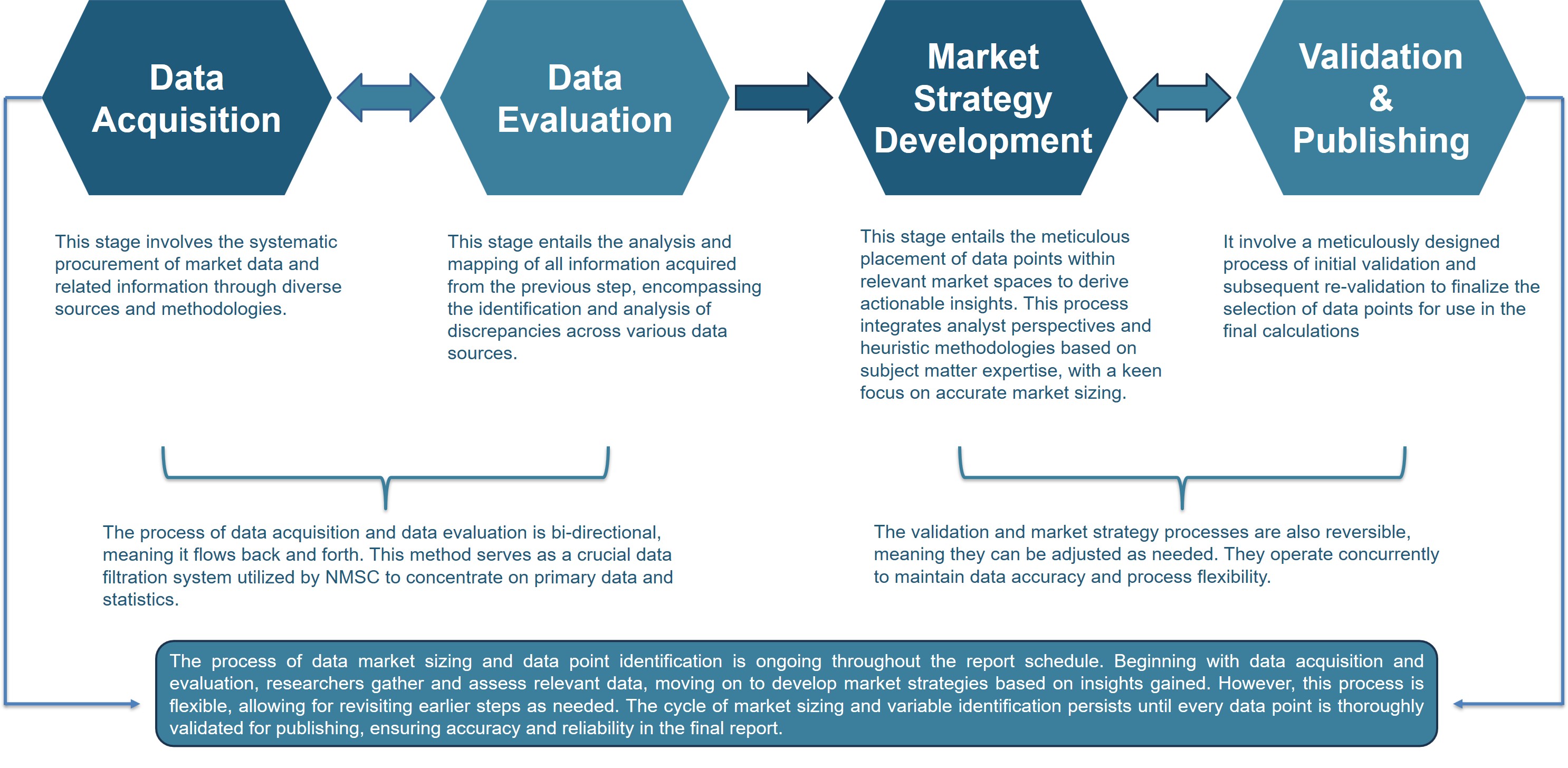



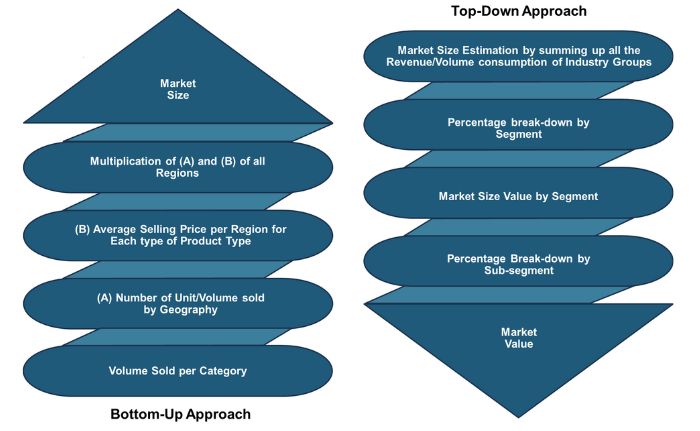
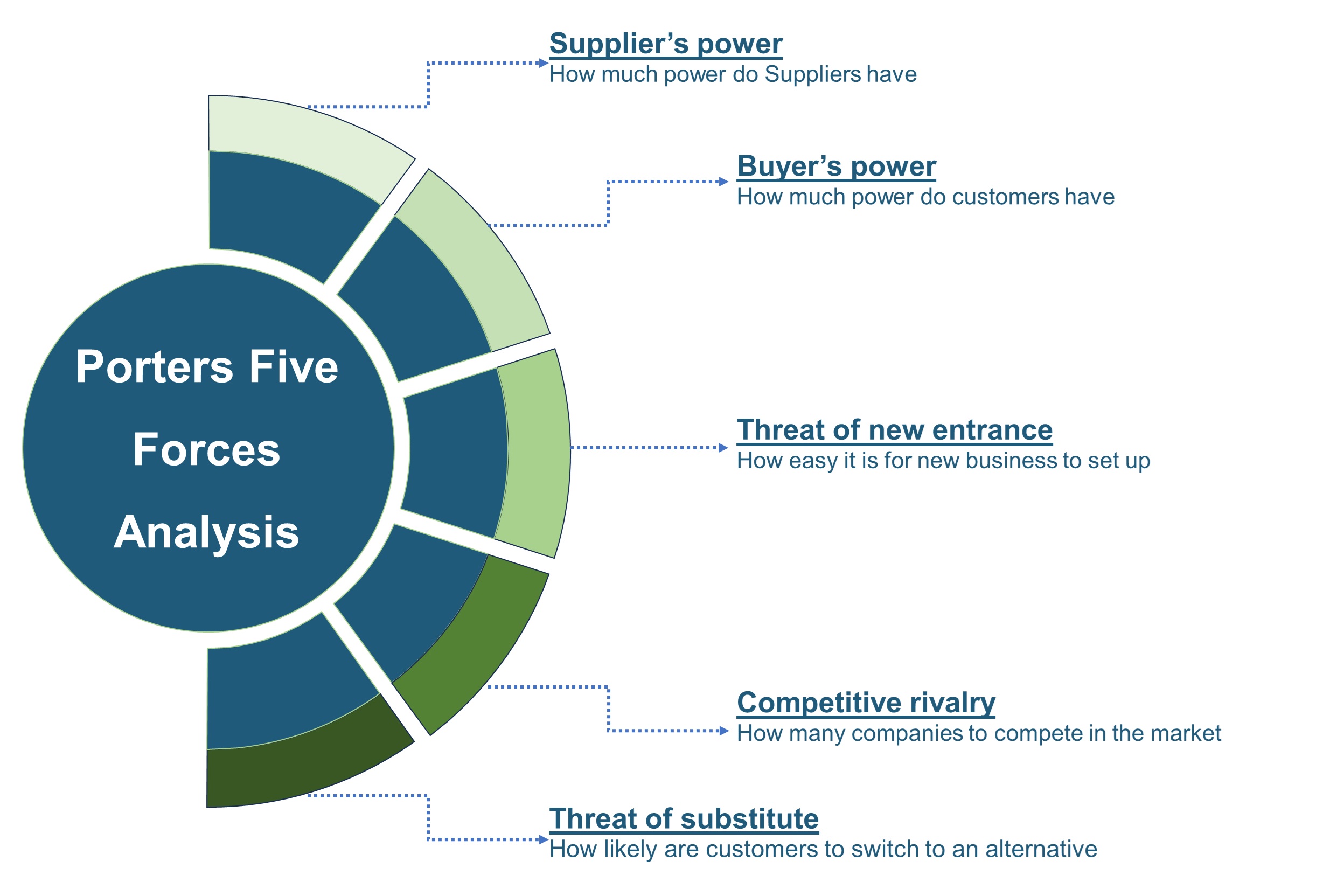
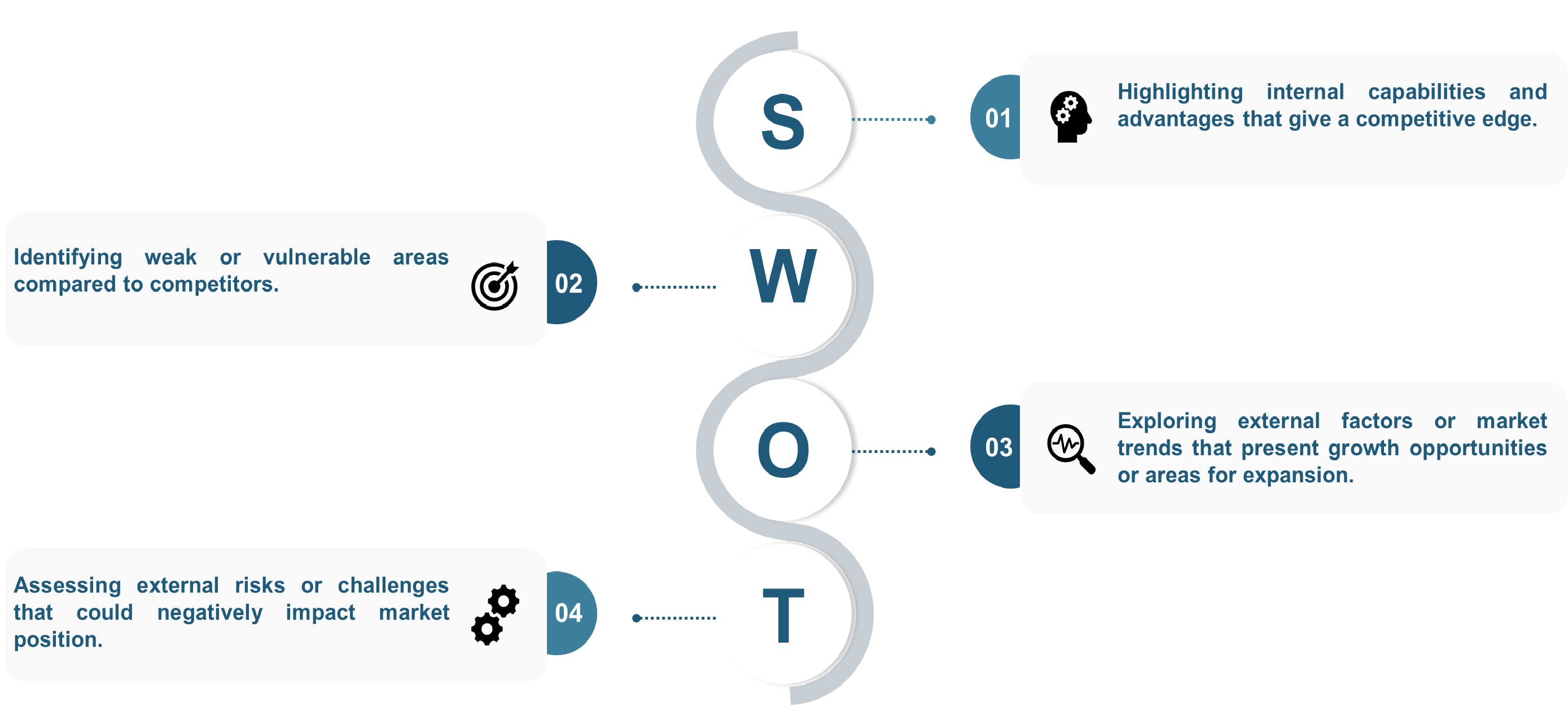
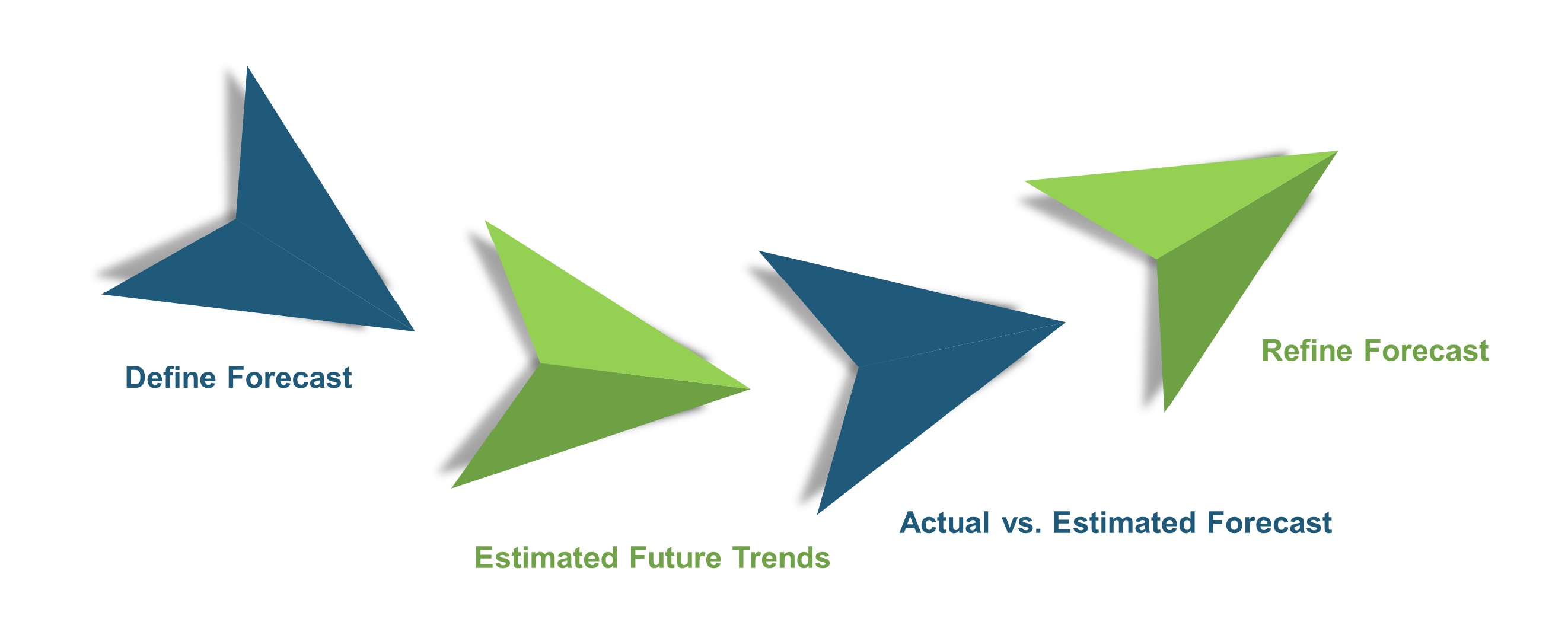
 Speak to Our Analyst
Speak to Our Analyst



